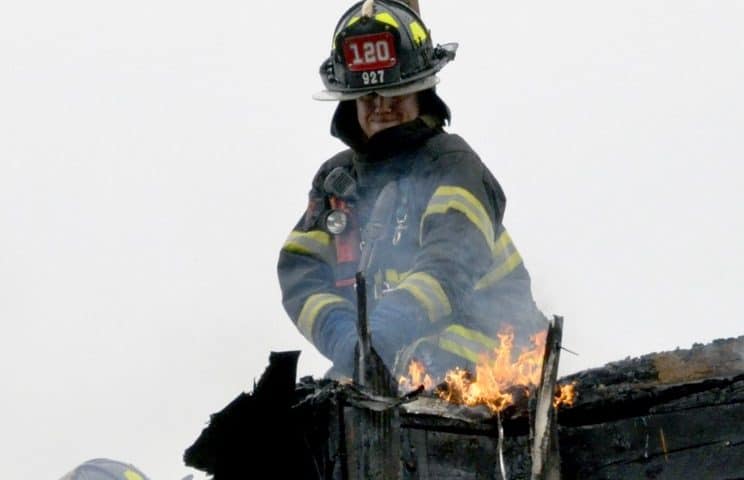
Hostage Standoff in Delaware Prison Results in C.O.’s Death
February 2, 2017
Texas Couple Attempted Police Ambush Primed by Fire
February 9, 2017Strong and healthy hearts are essential for first responders who face unique risks on the job.
First responders are taught the many signs and symptoms of a heart attack, including the common symptoms of chest pain. However, the “Hollywood heart attack”–where the patient grabs his/her chest and falls to the ground–is not always the case. Subtle symptoms, such as chest pulling, chest pressure and chest squeezing, with other associated symptoms, such as shortness of breath, sweating and nausea, are other signs that a cardiac event is occurring. Training includes taking vital signs, monitoring rhythm with an ECG monitor and administering medication and/or electrical shock, if needed, all with the goal of making the patient comfortable while getting to an emergency room. The transportation is a challenge at times as well. Getting to a patient when he/she is on a high floor walk-up, carrying the gear–including a chair or stretcher–and carrying the patient back to the ambulance are all physically demanding activities that comprise a day in the life of a first responder.
So what happens when the patient having the heart attack is the first responder? How do you know? Think about it. How often does a first responder have chest or shoulder pain? How often does a first responder feel shortness of breath while climbing several flights of stairs in full gear with equipment and stretchers or chair? How often are they sitting when they get to the patient in need?
To learn more read Doctor Dianne Acuna’s article in the 2017 edition of Pro Fit.


